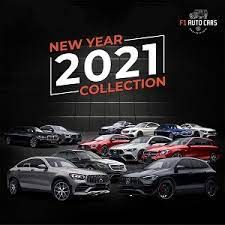-
Join SGMerc for Exclusive Perks!
Welcome to SGMerc - the largest Mercedes-Benz site for Owner and Enthusiasts in Singapore!
SGMerc is the official club for all current & previous owners of Mercedes-Benz cars in Singapore. SIGN UP FOR YOUR FREE ACCOUNT TODAY!
You are currently viewing our forum as a guest, which gives you limited access to view most discussions and access our other features. By joining our community, you will have access to post topics, communicate privately with other members (PM), respond to polls, upload content and access many other special features. Registration is free, fast and simple, join us today!

.png.1440a766acbcde4ba4d46e1207c29522.png)

Recommended Posts
Join the conversation
You can post now and register later. If you have an account, sign in now to post with your account.